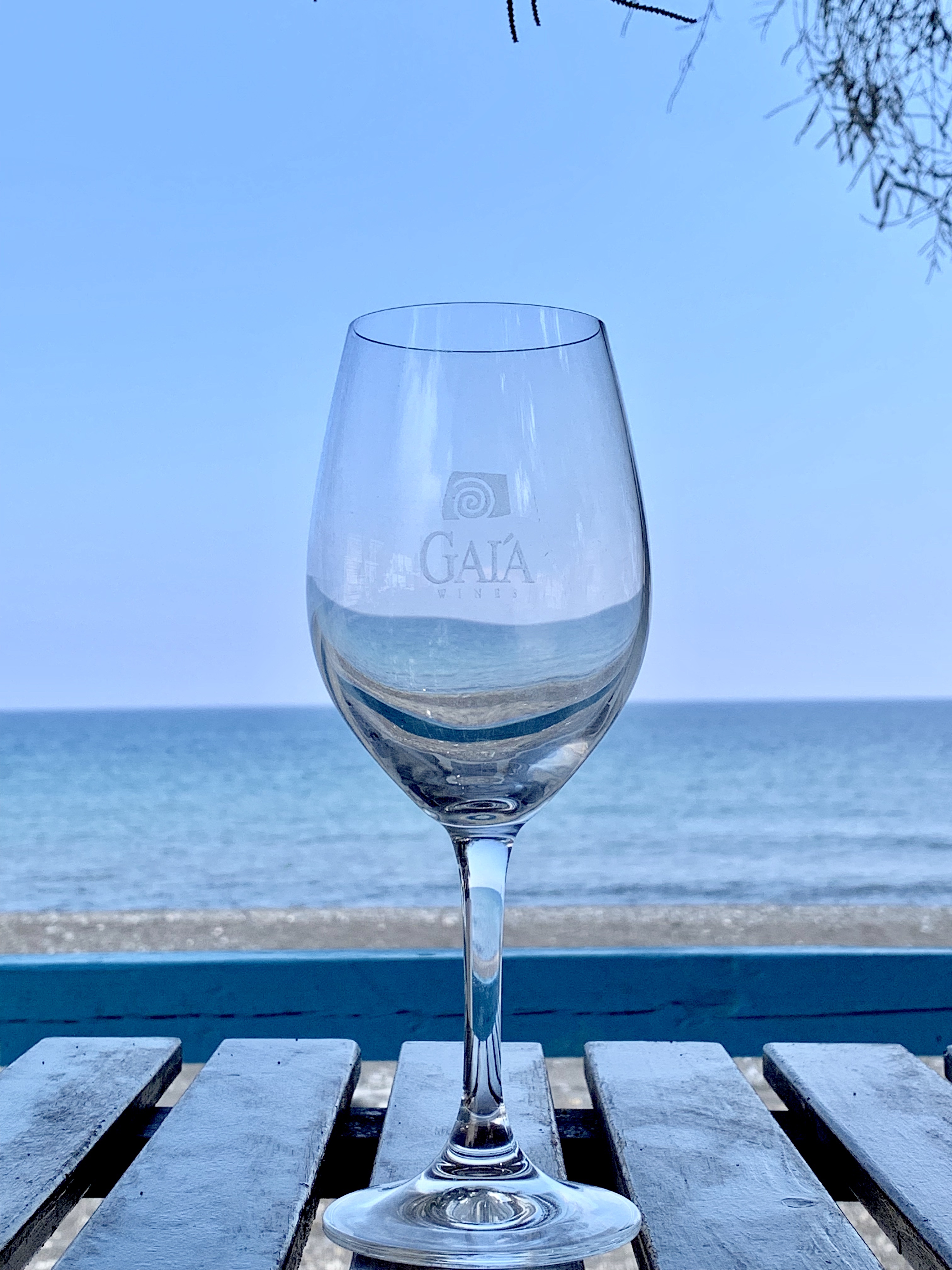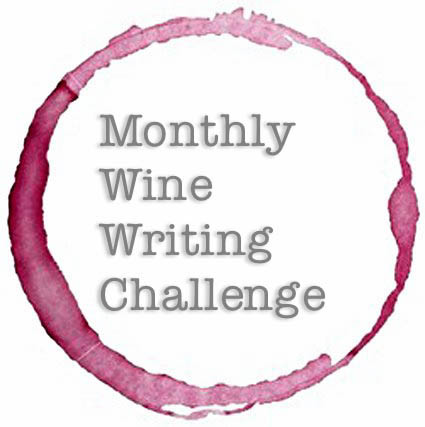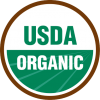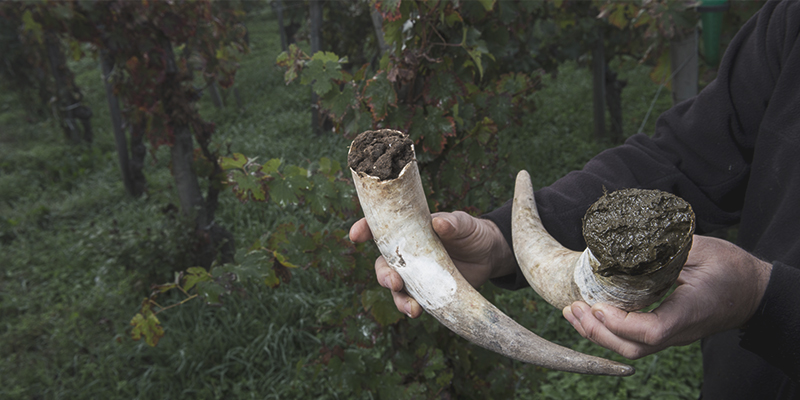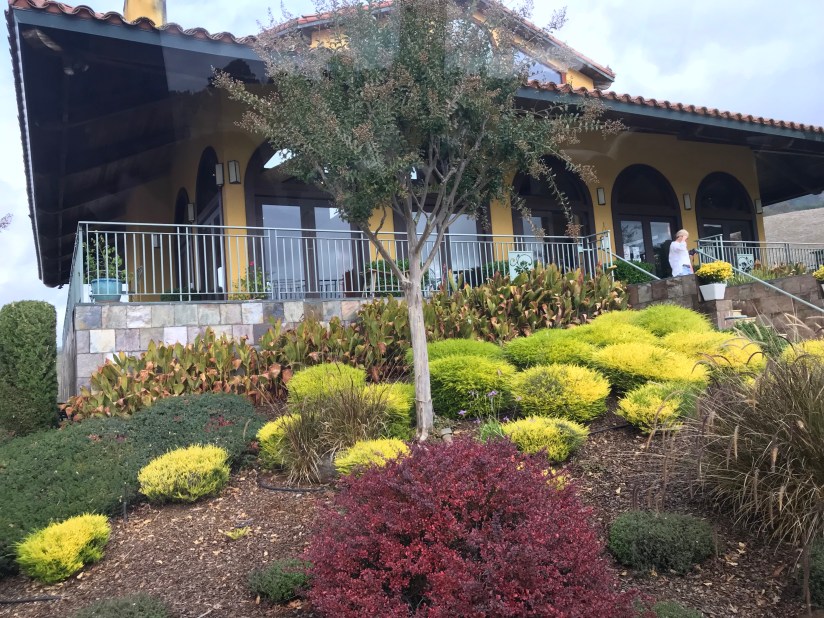
Our Wednesday evening drive over to Santa Rosa for the 10th Annual Wine Bloggers Conference (#WBC17) was dark and rainy. We were unsure what to expect when we awoke Thursday morning for our excursion to Hanna Winery and Vineyards; other than an exciting and educational winery tour, and delicious catered meal with wines to match, of course.
Thursday dawned dry and only partly cloudy. It was a perfect day for a trip to wine country. As we rode on the bus out to Alexander Valley and the Hanna Winery and Vineyards Tasting Room, we saw the results of the devastation of the fires that had ravaged the area just weeks before. Yet we also saw the rebuilding that had already begun. With the sun peeking through the clouds, we could almost feel the hope and resilience we saw around us.

The drive through the autumn colors of the vineyards was breathtaking, and turning up the driveway to climb the hill to the Tasting Room we were taken by the beauty. Hanna Winery and Vineyards sits atop a hill with a 360 degree of the surrounding valley. The views were amazing! As we entered, we were greeted by friendly, smiling staff with a glass of Sauvignon Blanc. Soon, our host, Christine Hanna welcomed us and provided some history of the family winery.

Founded in 1985 by Dr. Elias Hanna, Christine’s father, the land was originally planted to French Colombard grapes. Soon, the family discovered that the land was well-suited to other grapes that could be crafted into world-class wines. As the operation grew, Christine took the reigns as president in 1993, and has continued to lead the way as the winery has grown and expanded its influence.

Hanna Winery and Vineyards wines are estate grown on three vineyards in the area. In the Russian River Valley, the flagship Home Ranch Vineyards grows Chardonnay and Pinot Noir on its 25 acres, while Slusser Road Vineyard, 50 acres in size, is planted to Sauvignon Blanc and Chardonnay. Red Ranch Vineyard, in Alexander Valley, is 88 acres of Cabernet Sauvignon, Merlot, Malbec, and Petit Verdot. Bismark Mountain Vineyard, high in Sonoma Valley in the Moon Mountain AVA, grows Zinfandel and Bordeaux varietals.
Christine related the story of how, in an effort to develop the Bismark Mountain Vineyard site, she had to overcome the challenges of accessing a high mountain site without the benefit of such amenities as roads and electricity. Helicopters were involved, and she was successful in bringing this spectacular vineyard into existence.
Christine introduced us to Hanna’s winemaker, Jeff Hinchliffe, who took over the presentation and eventually led us down to the fermentation and barrel room on site for some barrel tasting. Jeff has been the winemaker since 1998. He explained how the varying terrain of the vineyards influences the flavor and profile of the grapes and wines. Jeff is clearly passionate about winemaking, while remaining distinctly humble. Jeff says that “wine will make itself, if you let it.” Jeff is especially enthusiastic about Malbec. He says Malbec wines are easy to make, but the grapes are not easy to grow. Still, he and Hanna Winery are quite successful at it, and produce a number of Malbec varietal wines. In addition, their Cabernet blend contains 25% Malbec.

Perhaps the highlight of the barrel tasting was our opportunity to sample one of the rarest vitis vinifera grapes in the world. Once common in Bordeaux wine production, St. Macaire was virtually wiped out by the phylloxera epidemic, and thought to be extinct. However, St. Macaire was not ready to be relegated to an historic footnote. Jeff discovered that a nearby vineyard had a half-acre planted to the grape. The vineyard owner provided some cuttings, and Jeff planted a half-acre of St. Macaire at Hanna. They plan to release their first vintage of this wine soon, but we were able to get a taste of the still-developing juice. The wine is inky purple, nearly black in color. Though still very young, with high acidity and tight tannins, the wine was aromatic and flavorful. At this stage, there were significant green, spicy, vegetal notes along with some black fruit. Jeff asked around the room for descriptors. Responses included cassis, eucalyptus, and menthol. I hope to get a sample of the finished product once bottled and released.
Back upstairs and into the tasting room, it was time for a delightful lunch. The table was exquisitely set, and the multiple stemware glasses at each place setting spoke of good things to come! The meal was exquisitely catered by Chef Heidi West, with each course paired with one or two Hanna Winery selections.
The meal was superb, the setting spectacular, and the hosts unparalleled in warm hospitality. Enjoy the photo montage of the meal, and try not to drool on your screen!
FIRST COURSE PLATED
2015 Hanna Russian River Chardonnay
Baby Spinach Salad with Roasted Butternut Squash, Toasted Sliced Almonds, Pickled Red Onion and Warm Bacon Dressing

MAIN COURSE FAMILY STYLE
2015 Elias Pinot Noir/2014 Alexander Valley Cabernet Sauvignon
Porchetta with Salsa Rosamarina, Soft Creamy Polenta with Fresh Corn, Marscapone, Pecorino and Parmesan
Haricot Vert with Extra Virgin Olive Oil and Sea Salt
DESSERT PLATED
2014 Bismark Cabernet Sauvignon
Flourless Chocolate Cake with Fresh Raspberries

If you are in Sonoma County wine country, it’s definitely worth a trip to visit the fantastic people at Hanna Winery and Vineyards. Take in the spectacular views, and enjoy some amazing wines.

Cheers!
- By Kent Reynolds
- Photos by Kent Reynolds and Robyn Raphael

